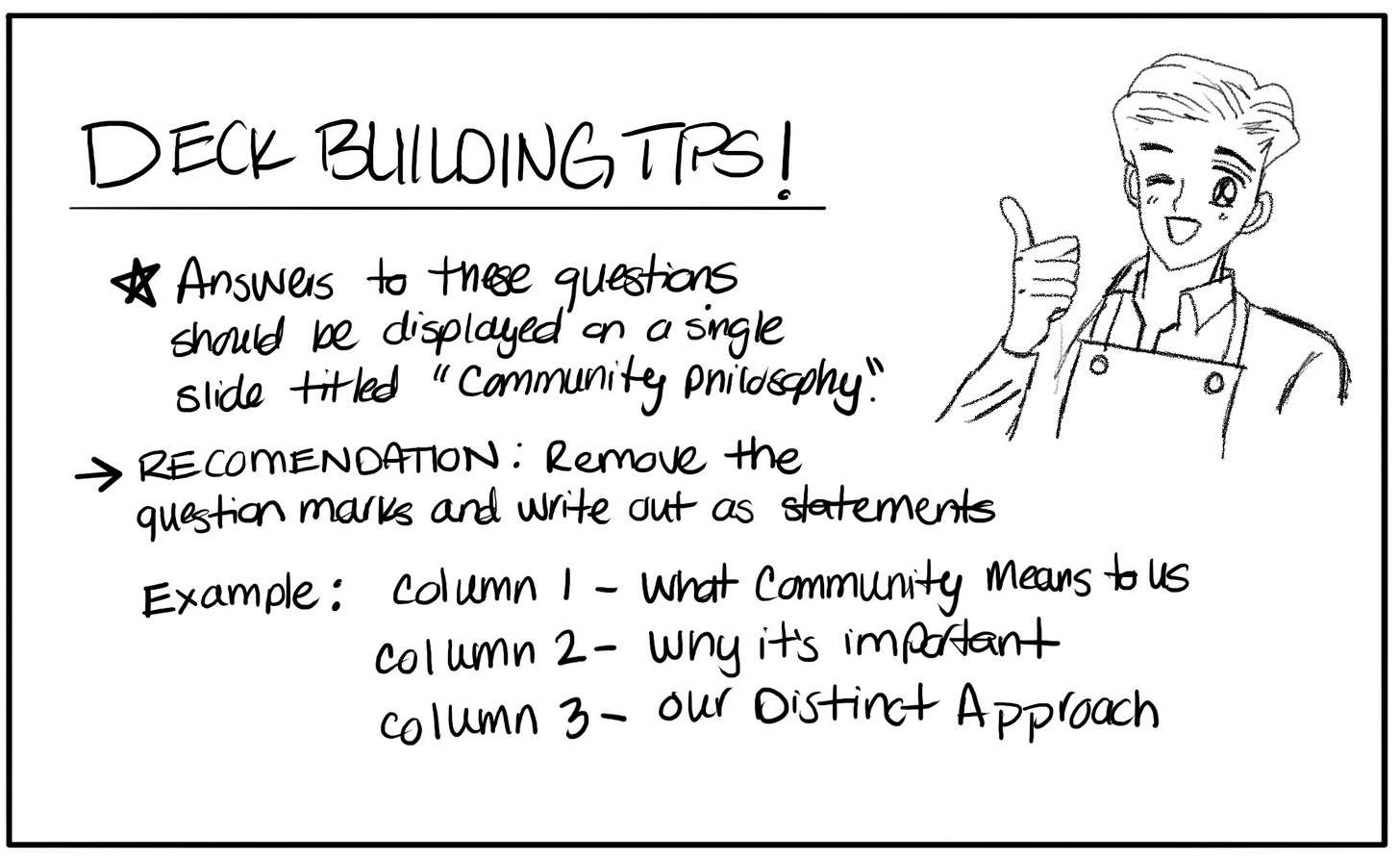Before you have community tactics, you need a strategy. Before you have strategy, you need to define what community means to you and your company. Therefore, one of the most important things I learned early in my career was that defining what community means to you and the organization/brand/product you’re working for is crucial. When thinking about community and social media management, your first priority shouldn’t be what your goals or objectives are, or what platforms you should be on. Before all that, you should prepare to answer and discuss what community is and what does it mean to have one.
For me personally, community has always meant having a few things:
A two-way conversation between a specific audience and the content provider.
A place to host empathetic interactions that create a sense of belonging.
A space for users to come when they need support and guidance.
For a brand or product, it may mean something different:
A way to promote our new product and increase brand awareness
A place where we can release our content and provide support
A space for loyal customers to share their experiences
You should always get more specific based on your industry and company. For example, for me, a game or franchise’s community generally means:
A two-way conversation between players and the dev team
A place where empathetic interactions around a game can occur to create a sense of value and belonging
A space where players can troubleshoot issues and get support
After sharing what it means for you and learning what it means for others on your team, you’re able to arrive at a collaborative definition that works for everyone. From there, the next step is to answer a series of questions related to its importance. Why is it important for you? For your team? For your company?
Using the same scenario as above, on what community means to me in the gaming industry, here are my reasons why it’s important to have a community:
Because game development is community development - production and design of a game are the same roots needed to build a community, the outcome may be different branches but they share the same source for inspiration, fuel and energy
When players feel that they belong, they will keep returning, become contributors, and eventually ambassadors inviting others to join - contributing players who are content creators will be able to produce content while other players become advocates and loyal fans who will help promote
A way to show love and appreciation back to players - communicating back to players to share we’re listening to them, asking players to participate in playtests to improve or change elements of the game, or partnering with specific organizations/groups to show we really care about our players
These are sort of like emotional goals we want to make sure we can achieve when we start plotting out tactical pieces of the plan and publishing (content ideas, platforms to be on, etc.). That way our actions purposefully reflect our community strategy and the reasons why we’re doing things are clear.
The final step in this process of defining your community is to understand how your approach is true to your intent and values. No community strategy or tactics can be one-size-fits-all, so your approach needs to be distinct, align with your goals, and make sense in the context of your particular community.
Here’s an example of a distinct approach I developed in the past that was intentional and aligned with several past companies’ values:
We are authentic: show we are humans, how we stick to our principles & values even when they go against the norm.
We are consistent: providing a cadence of content and following through with our promises.
We are attentive to our players: listening to their needs and delighting them with simple and rewarding tactics.
We bring out the best in our players: encouraging and promoting positivity, diversity, and inclusion and asking for the same in return.
In conclusion, the foundation of a good strategy plan will contain strong answers to:
What does community mean to us?
Why is community important?
How is our approach unique and intentional?
By having these discussions and answering these three very important questions, individually and then as a team, you’ll be able to begin laying down the brick work in building your plan. Again, the key is collaboration and teamwork in putting this plan together.






